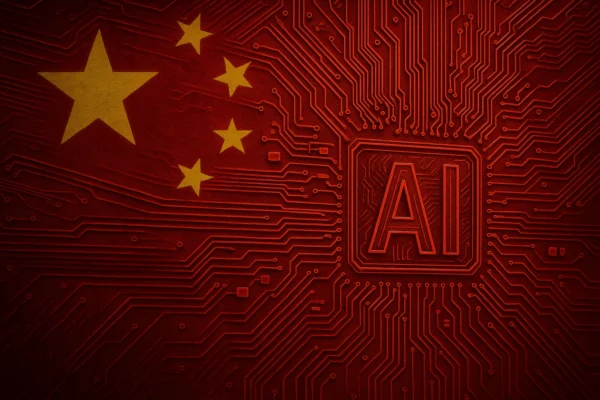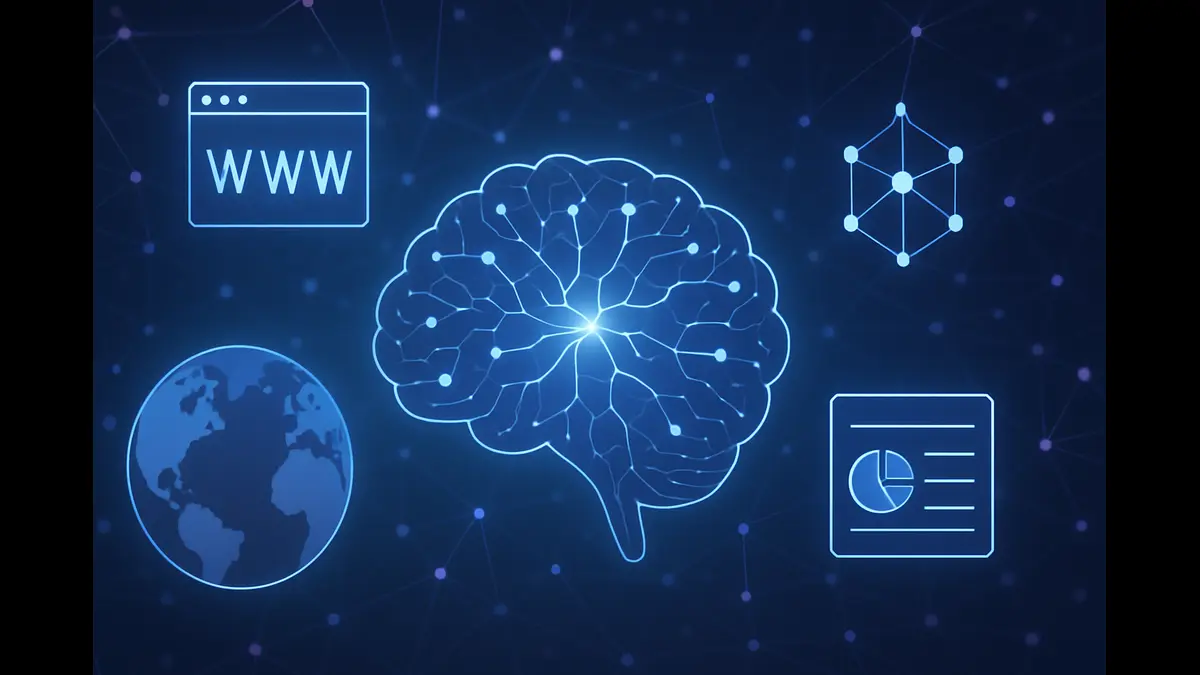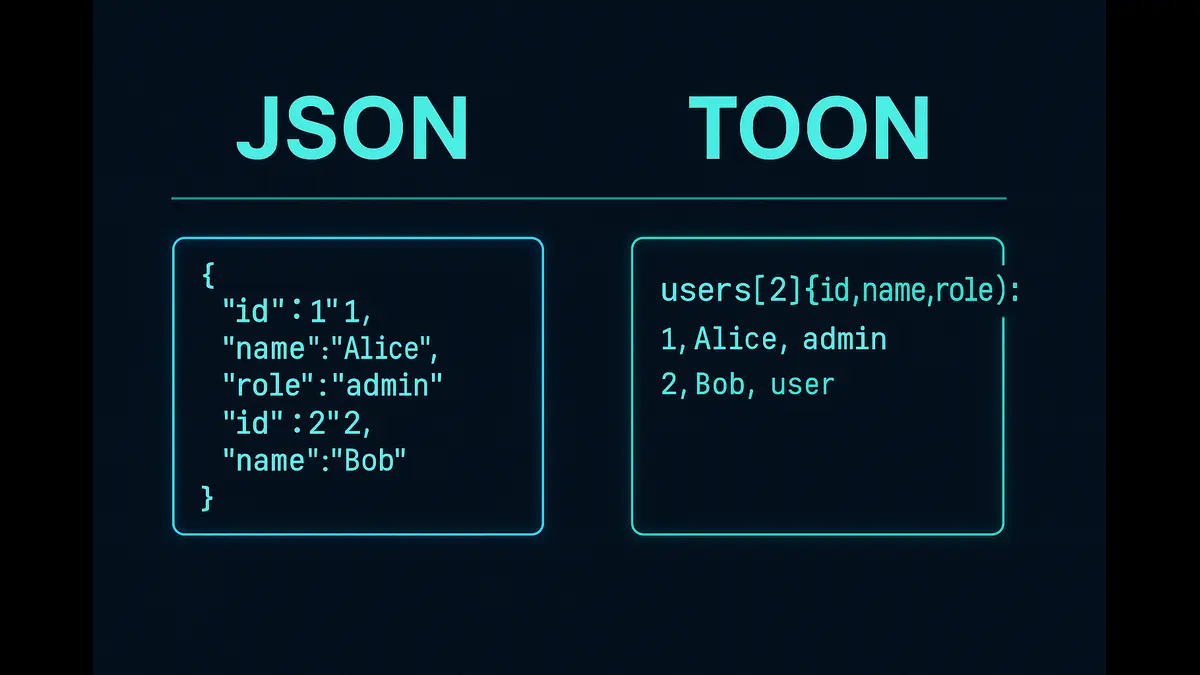
Explore China’s AI ambitions in 2025: strategic moves, technical breakthroughs, and future roadmap. Dive into Xi Jinping’s vision for global AI leadership, key players, and geopolitical implications.
China’s pursuit of artificial intelligence (AI) dominance remains a cornerstone of its national strategy, propelled by President Xi Jinping’s vision of technological self-reliance and global leadership. With a robust AI ecosystem, unprecedented government investment, and a focus on innovation and governance, China is challenging the United States and reshaping the global AI landscape. This article provides a comprehensive analysis of China’s AI strategic moves in 2025, incorporating the latest advancements, policy frameworks, key players, future roadmap, and the geopolitical and ethical implications.
The Strategic Imperative of AI in China’s Vision
President Xi Jinping has positioned AI as a critical driver of China’s economic, military, and geopolitical ambitions, emphasizing “self-reliance and self-strengthening” amid U.S.-China technological tensions. At the National Conference on Science and Technology in June 2024, Xi reiterated AI’s role in fostering “new quality productive forces,” aligning with initiatives like “Made in China 2025” and the “Next Generation Artificial Intelligence Development Plan” (AIDP, 2017). The AIDP had set a three-step roadmap: keeping pace with global AI advancements by 2020, achieving major breakthroughs by 2025, and establishing China as the world’s AI leader by 2030.
China’s AI industry, valued at over 578.4 billion yuan (approximately $81 billion) in 2024, is projected to drive a digital economy worth 70.8 trillion yuan by the end of 2025. With over 4,500 AI companies (15% of the global total) and leadership in the Nature Index 2024 for scientific contributions, China is leveraging its vast data ecosystem, state-backed funding, and talent pool to ingrain AI across sectors like healthcare, manufacturing, and defence.
Technical Pillars of China’s AI Advancements in 2025
China’s AI ecosystem thrives on cutting-edge technical capabilities, supported by government infrastructure, private innovation, and academic research. Below are the key technical areas driving progress in 2025:
1. Large-Scale AI Model Development
China is narrowing the gap with the U.S. in large language models (LLMs) and multimodal AI. Companies like DeepSeek, Baidu, and Huawei have released advanced models, such as DeepSeek’s R1 and Baidu’s Ernie 4.5 Turbo, which rival Western models like ChatGPT in performance and cost-efficiency. These models leverage transformer architectures, trained on datasets enhanced by China’s vast digital ecosystem, including e-commerce, social media, and mobile payments. For instance, DeepSeek’s models use reinforcement learning with human feedback (RLHF) to optimize for reasoning, achieving competitive benchmarks on tasks like natural language processing (NLP) and code generation.
In 2025, China is advancing large multimodal models (LMMs) that integrate text, images, and video. Tools like Kuaishou’s Kling and Zhipu AI’s Ying, launched in 2024, demonstrate text-to-video capabilities comparable to OpenAI’s Sora, with applications in media, education, and advertising. These models employ diffusion-based architectures and generative adversarial networks (GANs), supported by high-performance computing clusters powered by domestic chips like Huawei’s Ascend series.
2. AI-Driven Hardware and Computing Infrastructure
Geopolitical restrictions on advanced semiconductors have accelerated China’s push for self-sufficiency in AI chips. While lagging behind global leaders like TSMC (3nm processes), China’s 14nm and 7nm processes, led by SMIC and Huawei, support mass production of AI chips like the Ascend 910B. In 2025, Huawei’s breakthrough in chip design, including the Kirin 9100, enhances computing power for AI workloads, reducing reliance on Nvidia GPUs.
China aims to boost aggregate computing power by 30% by the end of 2025, expanding intelligent computing centers in hubs like Beijing, Shanghai, and Shenzhen. These centers, equipped with 5G networks and energy-efficient data centers, support training of trillion-parameter models. The National Data Administration, established in 2023, ensures data interoperability, enabling seamless access to petabytes of structured and unstructured data for AI training.
3. AI Applications Across Industries
China’s AI strategy emphasizes practical, industry-specific applications:
Healthcare: AI-powered diagnostics, using computer vision and deep learning, achieve 90% accuracy in identifying diseases like skin cancer. Platforms like Alibaba’s ET Medical Brain optimize patient care and drug discovery.
Manufacturing: Digital twins and predictive maintenance, driven by reinforcement learning, enhance production efficiency in smart factories, aligning with “Made in China 2025” goals.
Transportation: Autonomous vehicles, powered by Baidu’s Apollo platform, integrate LIDAR and real-time decision-making algorithms, with Beijing leading in smart city deployments.
Surveillance and Governance: Facial recognition systems, developed by companies like SenseTime, leverage CNNs to process 1.3 billion ID photos, supporting the Social Credit System and public safety initiatives.
4. Military-Civil Fusion
AI is integral to China’s military modernisation, with the People’s Liberation Army (PLA) pursuing “leapfrog development” in strategic technologies. In 2025, AI enhances command-and-control systems, autonomous drones, and cyber warfare capabilities. The Xue Xi chatbot, trained on “Xi Jinping Thought,” exemplifies AI’s role in ideological and military applications. Military-civil fusion, a core AIDP principle, integrates private sector innovations, like Huawei’s AI chips, into defence systems, amplifying PLA capabilities.
Policy Framework and Ecosystem Enablers
China’s AI strategy is underpinned by a centralized, state-driven approach:
Funding and Incentives: The government has committed over 1 trillion yuan in funding through 2030, with regional hubs like Beijing and Shanghai offering tax breaks and R&D grants.
Talent Development: Over 300 universities offer AI majors, producing 1.4 million STEM graduates annually. The “Thousand Talents” program continues to attract global experts, despite U.S. restrictions.
Innovation Hubs: Cities like Shanghai host AI clusters, fostering collaboration via platforms like Alibaba’s AIaaS (AI as a Service) and Huawei’s ModelArts.
Regulation and Ethics: In 2025, China is refining AI governance, with regulations on generative AI requiring safety certifications. The AI Capacity-Building Action Plan, announced in 2024, promotes ethical AI through international workshops.
Key Players in China’s AI Ecosystem
State-Backed Enterprises
Huawei: Leads in AI chips and cloud computing, with ModelArts enabling scalable AI deployment.
Alibaba: Drives AIaaS and logistics optimization, with 36 million monthly active users for its Doubao assistant.
Baidu: Pioneers LLMs with Ernie 4.5 Turbo, dominating autonomous driving and smart assistants.
Private Innovators
DeepSeek: Disrupts with cost-efficient LLMs, challenging Western models and integrating into platforms like Tencent Yuanbao.
SenseTime: Leads in facial recognition, powering surveillance and retail applications.
Zhipu AI: Advances multimodal AI with Ying, targeting creative industries.
Academic Institutions
Universities like Tsinghua and Peking drive foundational research, with Tsinghua’s Institute for AI Industry Research focusing on energy-efficient AI models.
Future Roadmap: 2025–2030
China’s AI roadmap for 2025–2030 builds on the AIDP’s third phase, aiming for global leadership:
2026–2027: Achieve parity with U.S. models in scale and performance, with breakthroughs in general AI (AGI) research. Expand intelligent computing centers to 50% of major cities, targeting 100 exaflops of computing power.
2028–2030: Establish China as the primary AI innovation hub, with a $150 billion domestic AI industry. Lead in AI standards, exporting governance models via the Belt and Road Initiative (BRI). Deploy AI in 80% of industrial processes, contributing $600 billion annually to the economy.
Key Focus Areas:
General AI: Invest in brain-inspired computing and neural architectures to approach AGI, supported by national labs.
Green AI: Develop energy-efficient models to reduce carbon emissions, addressing the 2025 computing power surge’s environmental impact.
Global Influence: Export AI-driven surveillance and smart city solutions through BRI, with Huawei and ZTE targeting Africa and Southeast Asia.
Defense: Enhance autonomous weapons and cyber defense systems, integrating AI with quantum computing by 2030.
Opportunities for Business
China’s AI ecosystem offers opportunities for global businesses:
Partnerships: Collaborate with platforms like Alibaba’s AIaaS for cost-effective AI deployment.
Market Access: Tap into China’s 1.4 billion consumer market, leveraging AI-driven personalization in retail and finance.
Innovation Hubs: Invest in Shanghai’s AI clusters for R&D and talent access.
Risks and Challenges
Geopolitical Tensions: U.S. export controls on semiconductors, extended in 2025, limit China’s access to 3nm chips, potentially delaying frontier model development by 12–18 months.
Talent Retention: Despite producing 1.4 million STEM graduates, China faces competition from global tech hubs, with 20% of AI researchers working abroad.
Data Fragmentation: Siloed data across sectors hinders model training, requiring further National Data Administration reforms.
Ethical Concerns: AI-driven surveillance, like the Social Credit System, raises privacy issues, potentially deterring Western partnerships.
AI Arms Race: Rapid militarization of AI risks escalation, with autonomous systems potentially misinterpreting threats.
Ethical Governance
China’s 2024 AI Capacity-Building Action Plan commits to 10 global workshops by 2025, promoting AI literacy and ethical standards, particularly for developing nations. However, balancing state control with open innovation remains a challenge, as seen in the Xue Xi chatbot’s ideological focus.
The country’s AI ambitions reflect a strategic blend of innovation, self-reliance, and global outreach. With breakthroughs in LLMs, domestic chips, and industry applications, it is on track to achieve major AIDP milestones by year-end, setting the stage for 2030 leadership. Its roadmap emphasizes AGI, green AI, and global influence. For businesses, its AI ecosystem offers immense opportunities, tempered by risks requiring careful navigation. As Xi Jinping’s vision unfolds, China’s AI trajectory will shape the global technological and geopolitical landscape, demanding strategic engagement from stakeholders worldwide.
Also Read: China’s RoboBrain 2.0: Open-Source AI for Humanoid Robots
China’s AI Breakthrough in Nuclear Warhead Verification
China’s Three-Body Computing Constellation
China’s Embodied AI Revolution
Discover more from Poniak Times
Subscribe to get the latest posts sent to your email.






